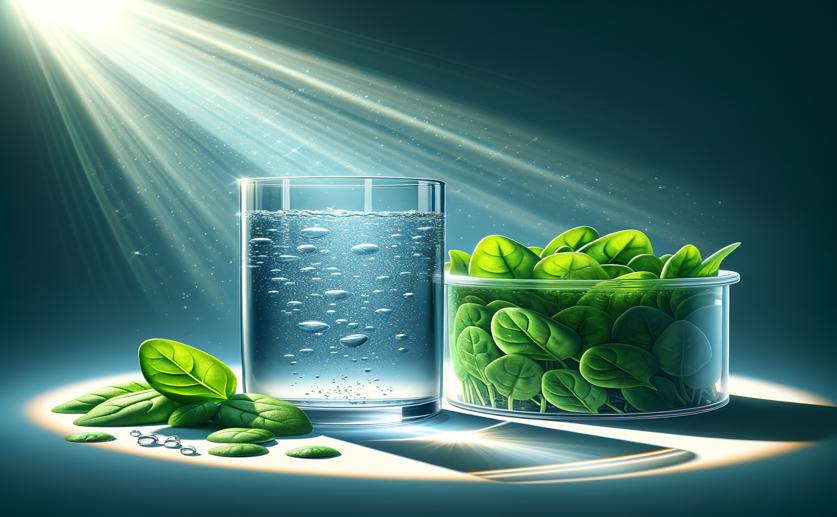
Clean Water Using Sunlight and Spinach-Based Filter
Greg Howard
12th March, 2024

Image Source: Natural Science News, 2024
Key Findings
- Researchers in Egypt developed a method to break down dyes in water using spinach-derived biochar and light
- The spinach biochar method removed 83.36% of methylene blue dye, outperforming other systems
- This approach also effectively degraded other pollutants and worked well in real wastewater treatment
EnvironmentSustainabilityBiotech
References
Main Study
1) Effective degradation of synthetic micropollutants and real textile wastewater via a visible light-activated persulfate system using novel spinach leaf-derived biochar.
Published 11th March, 2024
https://doi.org/10.1007/s11356-024-32829-6
Related Studies
2) Review of biochar production via crop residue pyrolysis: Development and perspectives.
3) Effective degradation of atrazine by spinach-derived biochar via persulfate activation system: Process optimization, mechanism, degradation pathway and application in real wastewater.
4) Colloidal iron species driven enhanced H2O2 decomposition into hydroxyl radicals for efficient removal of methylene blue from water.
5) Green valorization of end-of-life toner powder to iron oxide-nanographene nanohybrid as a recyclable persulfate activator for degrading emerging micropollutants.



 16th January, 2024 | Jenn Hoskins
16th January, 2024 | Jenn Hoskins